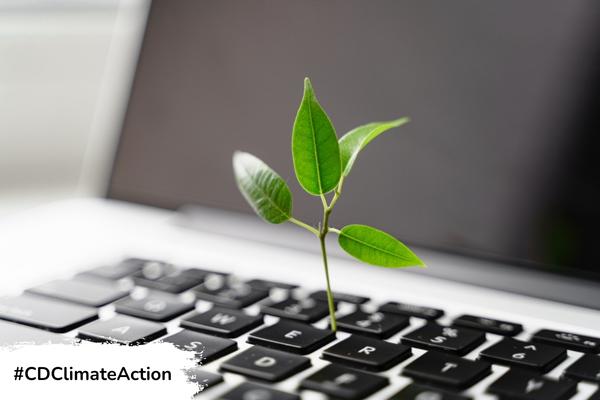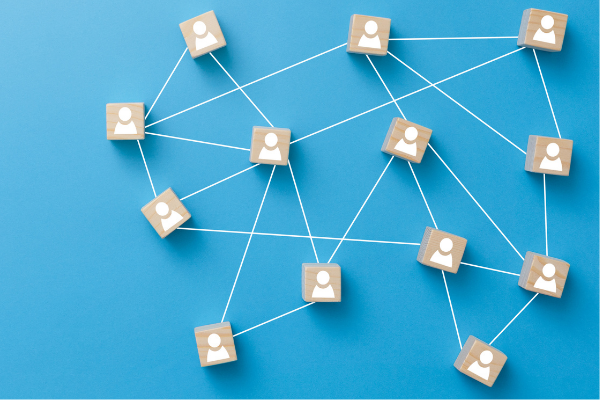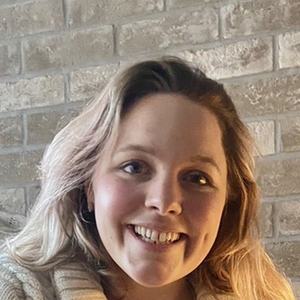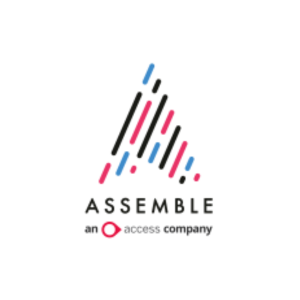Insights
INSIGHTS
All Topics
My Account
How rituals build community
26 Jun 2023by Ettie Bailey-King
We explore how rituals - or patterns of behaviour at work - can build communities and strengthen your charity’s internal culture
For many of us, rituals sound sacred. They conjure up images of religious practices or complicated ceremonies. But rituals can be secular and simple.
More and more charities – as well as other purpose-driven organisations – are starting to pay attention to rituals, as a tool for building community and connection.
What ritual means
Rituals are activities – gestures, words or actions – we perform to create and express meaning.
Casper ter Kuile, author of The Power of Ritual: Turning Everyday Activities into Soulful Practices distinguishes between habits and rituals. He says:
“A habit is patterned behaviour with an obvious purpose, like brushing your teeth. A ritual is patterned, and it represents something. It gives outer expression to an inner change of state.”
Why rituals matter
Rituals are central to community, because they reflect our values and culture back to us, which can help build belonging.
Whether we’re working or volunteering in a charity, we can all bring more of our talent and potential when we feel like we’re a part of the community.
While they’re only one part of the toolkit, rituals are one powerful way to build a culture where people feel safe, included, and respected.
How charities can harness the power of ritual
Pay attention to beginnings
“Can everyone hear me? Oh am I on mute? Are we all here now?”
This may be a common way to start a Zoom meeting, but it’s not a particularly inspiring one.
Beginnings – whether of one-off meetings or years-long projects – can be powerful. They’re great opportunities to say “this is who our community is” and “this is the culture we value.”
You can create a ritual around beginnings without making it complicated.
It could be as simple as inviting everyone to pause for a few deep breaths, instead of rushing into the usual meeting housekeeping.
Or encouraging everyone to reflect on something they’re proud of, or something that energises them about this project.
It might feel strange at first. But with repetition, it can shift from “that weird thing we tried once” to “that thing we do together, as a community”.
Embrace small moments
How could you turn something routine – like sharing the agenda – into something more mindful?
Thoughtful naming can turn mundane moments into opportunities for reflection.
For example, some people rename their “to do” list as their “I get to do list”.
Maybe you can rename the agenda as “opportunities” or “actions you’re excited about”?
Or you could invite people to rename another routine task or event, perhaps through a public vote.
The act of inviting people to rename it could become the ritual. And the new name becomes a cue to rethink something familiar.
Cultivate your culture
Creating rituals doesn’t mean they’ll set the right tone for your culture.
You might already have stress-filled rituals – like ordering a takeaway as you settle in for an all-nighter at the office before a deadline, or going straight to the pub after a challenging conversation.
Instead, you could take inspiration from Chip and Dan Heath’s concept of generative metaphors.
These are metaphors (like calling Disney staff “cast members”) which help to encourage a desired mindset or behaviour.
Lauren Crichton describes a workplace ritual in her newsletter, Pass It On. At Sana Labs, where Lauren works, the team ask each other if they’re “above or below the line." In other words, whether they’re feeling open, imaginative and capable, or worried, stressed and defensive.
The question itself has meaning: it helps to identify if people are in the mindset they need to be in, or if they need extra support.
But so does the process of asking. Because in theory, this question could be asked privately. Or people could share their answers anonymously.
Sana have turned the “above or below the line" conversation into a ritual, a chance to deliberately set their intention as a community.
And it sends a message: “this is our culture; we are open, authentic and vulnerable”.
Make it easy
I asked community strategist Ece Kurtaraner for her tips on designing rituals to help build culture and community, and – especially important for resource-strapped charities – how we can make them simple to adopt.
“Create recurring events” says Ece. “They’re easy for people to build into their routines, providing valuable structure and connection.”
If you’re wondering when to create a community event (or add a mindful moment to an existing one) pick a time or date that’s easy to remember. It could be a specific day every week, or the first Friday of every month.
Expand ownership
Once you’ve created an event (or added conscious and deliberate features to an existing one), see if you can hand it over to the community.
“Once you’ve got the key elements of your community events sorted, you can create templates and checklists, so other members of your community can step up and guest host” says Ece. “For example, Sophie at Freelancer Magazine does this for the community’s coworking sessions.”
It doesn’t necessarily need to be a formalised activity. You could rotate who leads the book club meeting, who shares a good news story from their week at the next status meeting, or who sets the theme for the next potluck lunch.
Don’t overthink it
At its most basic, a ritual is a repeated practice. It’s one that adds a sense of meaning, community, and connection. And it really doesn’t have to be complicated.
You probably have lots of them within your charity already.
Like cutting a cake to celebrate a birthday, or taking someone out for lunch before they go on parental leave.
From the most mundane gatherings to the rare and special occasions, every ritual is a chance to build a more connected and aligned community.
More on this topic
07 Mar 2025by Laura Stanley
An introvert’s guide to networking
27 Feb 2025by Laura Stanley
Charity Spotlight: Dr Anton Mari Lim, President, Yellow Boat of Hope Foundation
Recommended Products
Our Events
Charity Digital Academy
Our courses aim, in just three hours, to enhance soft skills and hard skills, boost your knowledge of finance and artificial intelligence, and supercharge your digital capabilities. Check out some of the incredible options by clicking here.




















